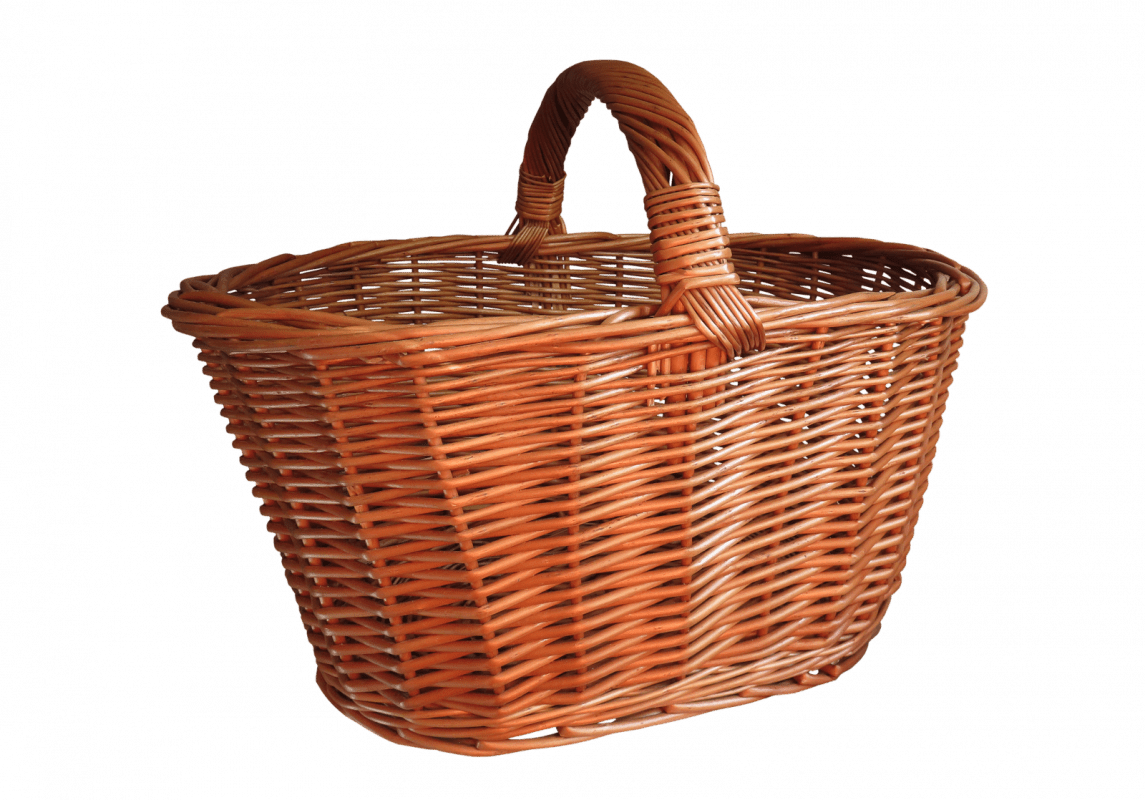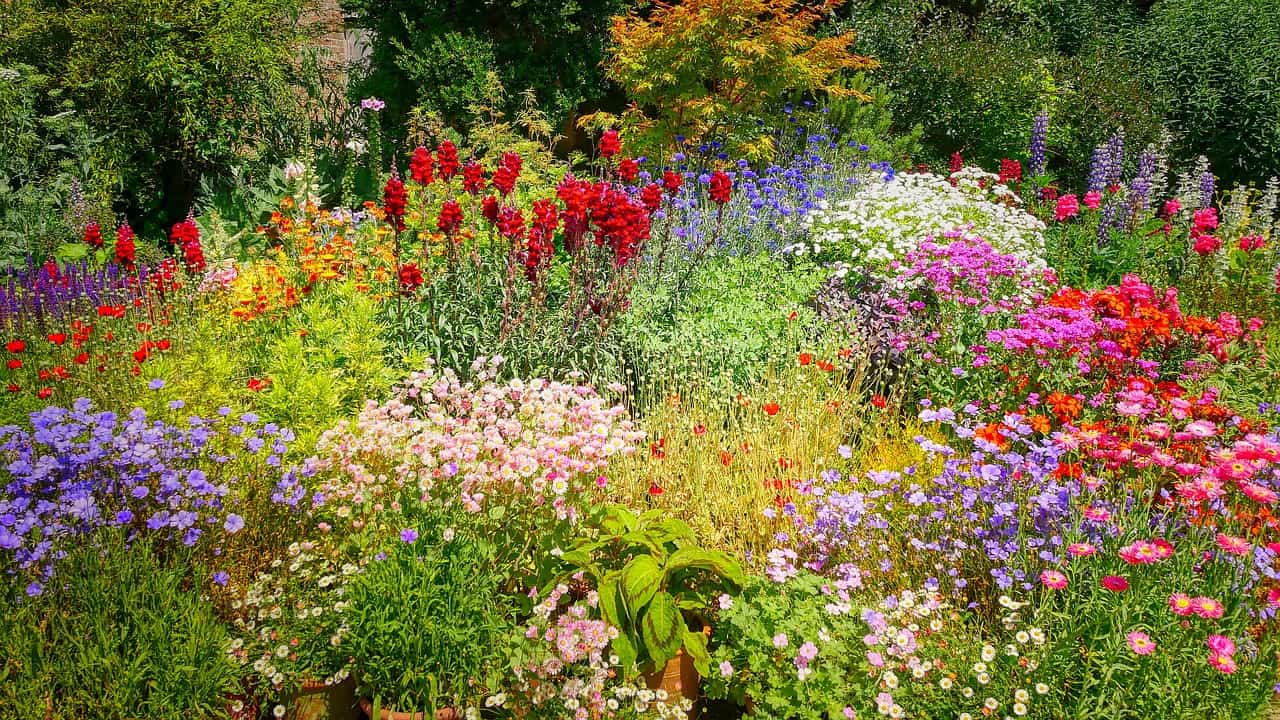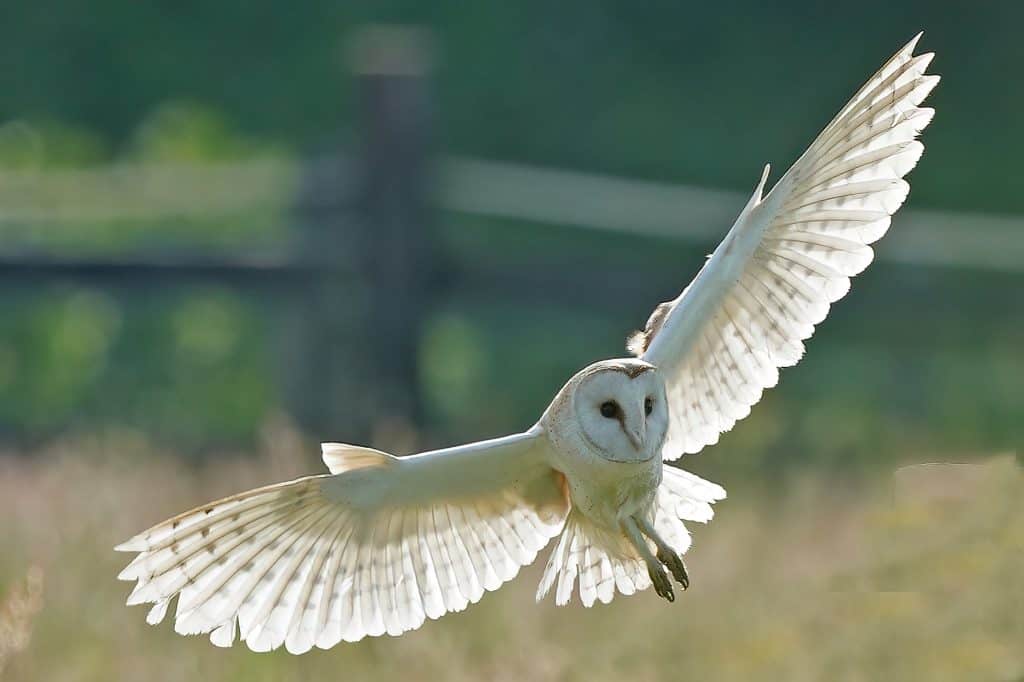Blackcap
Sylvia atricapilla
RSPB Conservation Status – Green
Last seen – 11-2-23
The blackcap is a distinctive greyish warbler, the male has a black cap, and the female a chestnut one.
Its delightful fluting song has earned it the name ‘northern nightingale’.
Although primarily a summer visitor birds from Germany and north-east Europe are increasingly spending the winter in the UK.
Blackcap Facts
Population – Between 1.2m and 1.8m breeding pairs
Length – 12 – 13 cm
Wingspan – 20 – 23 cm
Weight – 16 – 22 g
Breeding
The blackcap is a monogamous species that breeds between April and July.
The female builds a nest in dense vegetation, such as a shrub or tree, and lays a clutch of four to six eggs.
Both parents take turns incubating the eggs, which hatch after around 11 days.
The chicks fledge after around ten days and are fed by the parents for another 10-14 days before becoming independent.
Habitat
The blackcap is a versatile species that can be found in a variety of habitats, including deciduous and mixed woodland, parks, gardens, and hedgerows.
It prefers areas with dense vegetation and is known to be quite adaptable when it comes to its habitat requirements.
Food
The blackcap is an omnivorous species, which means it eats a wide variety of foods.
During the breeding season, the blackcap feeds primarily on insects, such as caterpillars and beetles. It also eats fruit and berries when they are available, including elderberries, blackberries, and raspberries.
In the winter, the blackcap’s diet shifts towards berries and other fruit.










